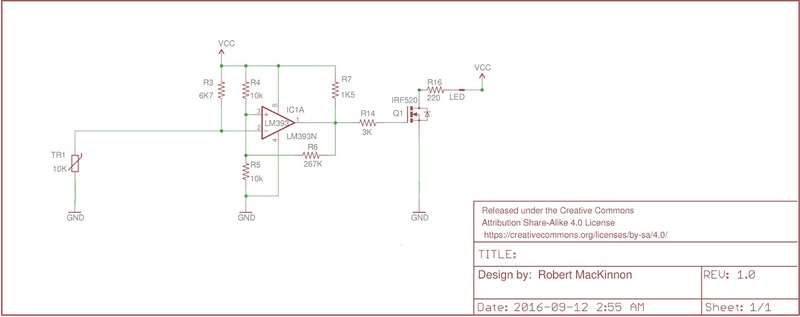1

 temperature gauge Tue Aug 23, 2016 1:01 pm
temperature gauge Tue Aug 23, 2016 1:01 pm
brickrider2
Life time member

I have a temperature gauge on my 1985 K100RS. Lately the needle has on occasion become very nervous, swinging from side to side by about 40 degrees. What am I to make of this? Is the gauge failing? Is it a sign of something more sinister?

















